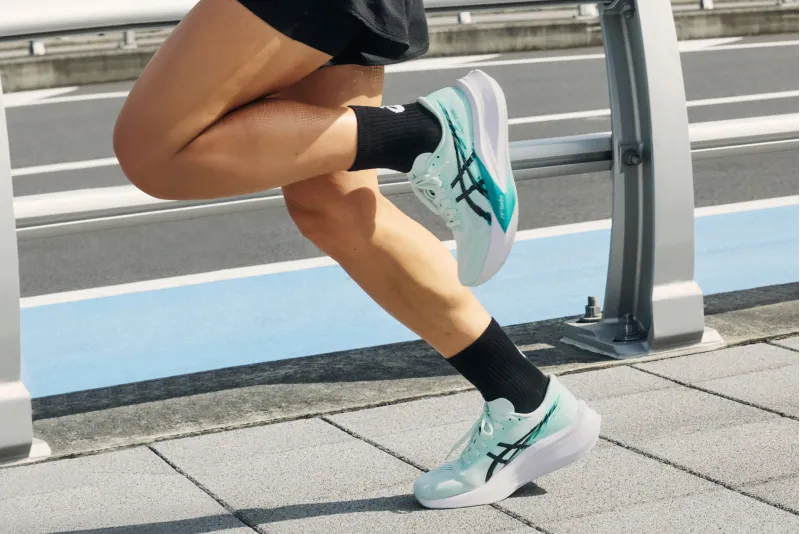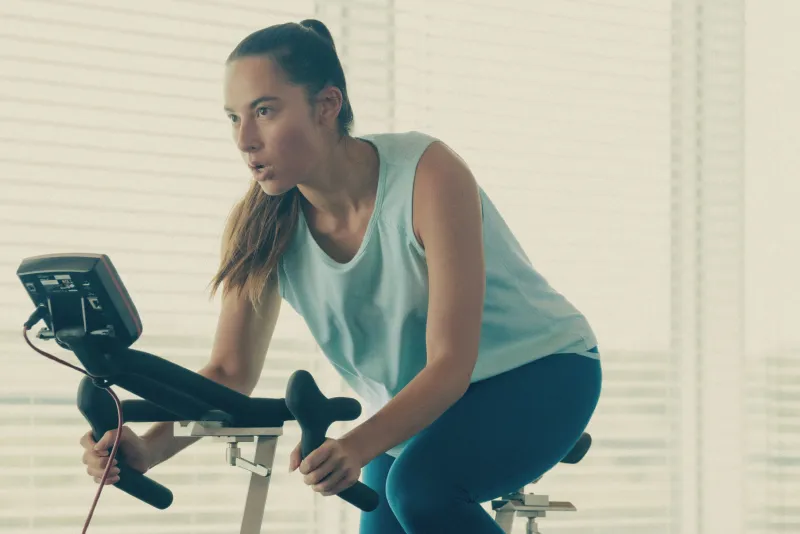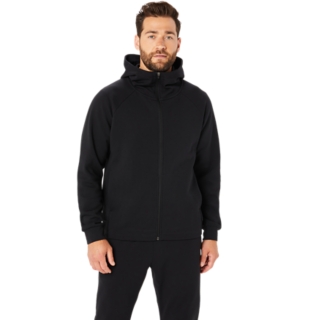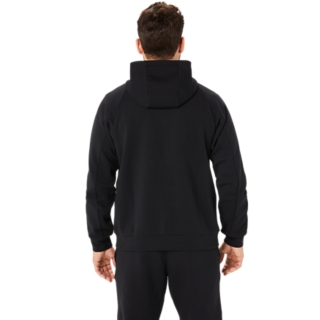
Triathlon Gear Guide
May 15, 2025
When athletes, both beginners and pros, want to put their endurance to the test, a triathlon can be an excellent choice. Combining running, swimming, and biking into one long consecutive competition can be the ultimate full-body workout. However, before you can start training and participating in triathlons, you need to make sure you have the right training gear and equipment for each leg of the race.
Swimming
Swimming is the first leg of most triathlons, and many factors may influence the type of gear you buy — such as whether you'll swim in open water or a pool and the temperature where your event takes place. Still, you’ll need some basic items no matter what.
- Swim cap: Choose from latex, silicone, or Lycra swim caps to help eliminate drag or to simply keep your hair out of your way. Latex is thin, cooler, and reduces drag, while silicone also reduces drag but is warmer and more durable. Lycra is durable and won't pull your hair, but it doesn't help with drag or keep your hair dry.
- Goggles: A pair of well-fitted goggles can protect your eyes from the sun and help increase your underwater and peripheral vision. Make sure you choose a pair that features anti-fog technology, and for outdoor swims, consider a pair with smoke-tinted lenses to reduce glare.
- Ear and nose plugs: Not everyone will want to swim with ear and nose plugs, but a good pair of high-quality silicone plugs can help keep water out of your nose and ears, which can be especially appealing in open water.
Biking
Technically, you can swim or run without much special gear. Biking is an entirely different story. Of course, you need a bicycle, but you can generally benefit from additional items as well.
- Bicycle: While you can purchase a bike specifically for triathlons, a road bike is usually sufficient. They're safe, easy to handle, and great for beginning cyclists.
- Helmet: Whether you're competing or training, you should wear a helmet at all times. Luckily, you have many options to choose from. Look for a good fit, extra venting to help keep your head cool in warmer temperatures, and aerodynamic helmets designed to reduce drag.
- Sunglasses: You'll require sunglasses for the competition's running and cycling legs. Consider a pair with photochromic lenses as they protect your eyes from UV rays and adjust based on the surrounding lighting conditions.
- Cycling shoes: Cycling shoes have stiffer soles than running shoes, so don't assume you can use the same pair for both sports. Look for a pair with a loop on the heel, as well as hook and loop strap closures, so you can put them on quicker.

Running
Because running is the last leg of the race and can be tough on your lower body, you want to make sure you're comfortable and supported with the right shoes. Other running gear you choose may depend on the triathlon rules and the area where you run.
- Running shoes: Running shoes may be one of the most important items you buy for your triathlon. Durability is important to ensure your shoes last through training and the race itself, comfort should always be a priority, and you'll want to look for other performance-enhancing technology that can help with stability and speed. For example, the ASICS METASPEED SKY PARIS running shoes are designed to help you conserve energy while increasing your speed. The ASICS GEL-CUMULUS® 26 is a neutral yet durable shoe designed ideal for the intense training that goes into preparing for a triathlon.
- Hat: A hat or visor, like the ASICS UNISEX PF VISOR, not only protects your face from the sun but also features moisture-wicking properties, which is beneficial for both sweat and an unexpected downpour.
Clothing for each leg
The clothing you wear during your triathlon will depend mainly on the specifics of the competition and your own personal comfort level. Some people choose to buy a "tri suit" or a one-piece garment that you can wear in the water, on your bike, and while you run. They're engineered for maximum performance and ultimately save time because you don't have to change clothing. Tri suits repel water while you swim and dry quickly afterward, offering padding for comfort and support while cycling. They also offer compression, which can help support your muscles and blood circulation, and they're aerodynamic, which can help improve your speed.
However, some athletes prefer to change clothing for each leg, and some triathlons may even require transitioning between sports. For swimming, you'll need a swimsuit or wetsuit, depending on where you swim and your personal preferences. Wetsuits are ideal for colder temperatures and many open-water swims because they reduce the need for your body to adjust to the water upon entry. Look for one that is lightweight and flexible — or designed specifically for swimming rather than surfing — so that you can move comfortably. For warmer temperatures and pool swims, consider a swimskin. Women can also choose a well-fitted one or two-piece bathing suit, while men may opt for jammers, but keep in mind that the less skin you have exposed, the faster you'll glide through the water.

If you're not wearing a tri suit, you may want to opt to change into something dry for the biking leg of your triathlon. Look for a cycling kit that contains padded bike shorts and jerseys. When changing again for your run, look for clothing designed specifically for running, like the ASICS NATIONS RUN SINGLET for men, which is lightweight, breathable, and comfortable, or the ASICS WOMEN ACTIBREEZE SLEEVELESS TOP, which includes specific technology to help keep you cool on race day.
Please note: The information contained herein is for informational purposes only and does not contain or constitute medical advice or a medical opinion. Always consult with your qualified and licensed medical professional prior to beginning or modifying any diet or exercise program.









